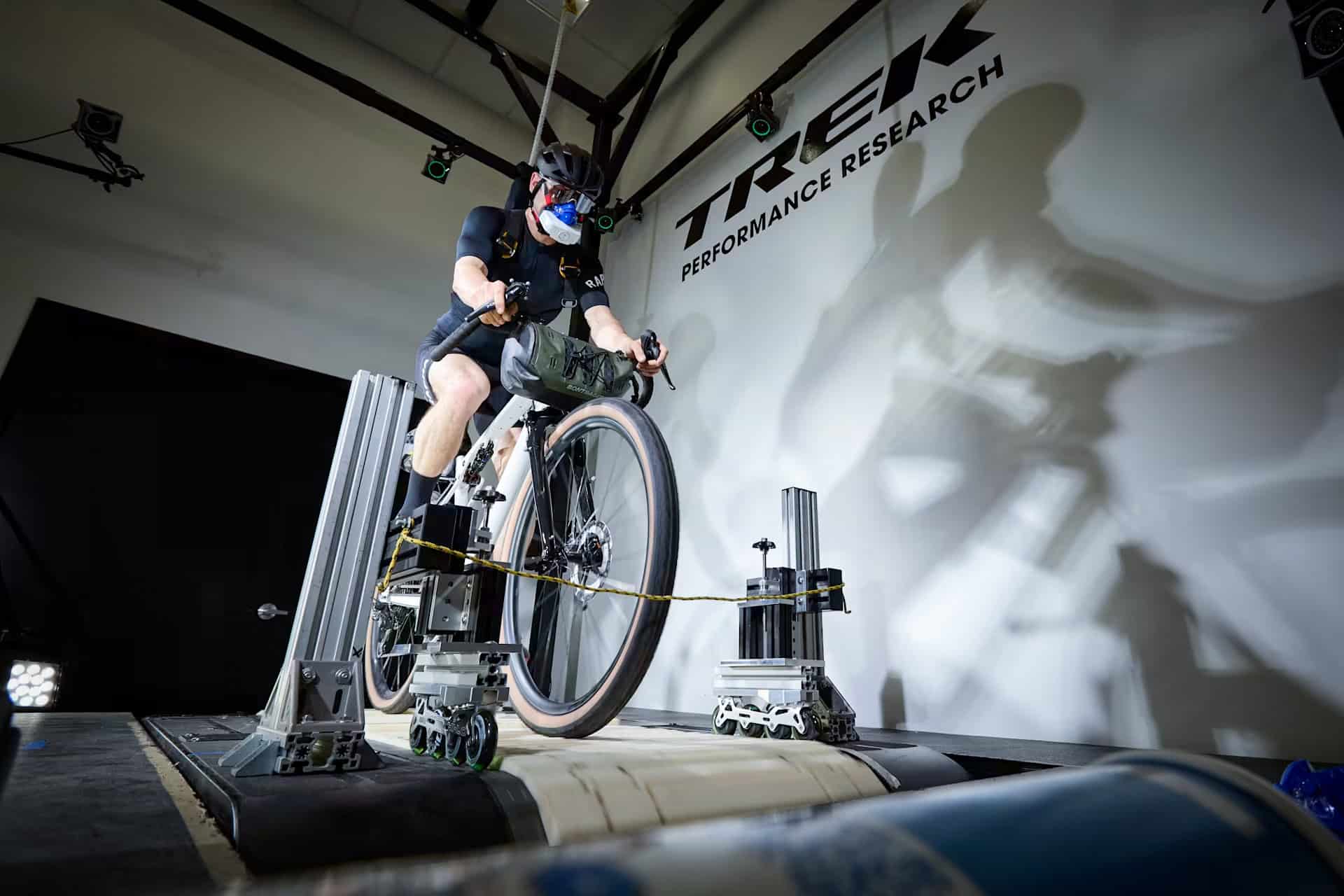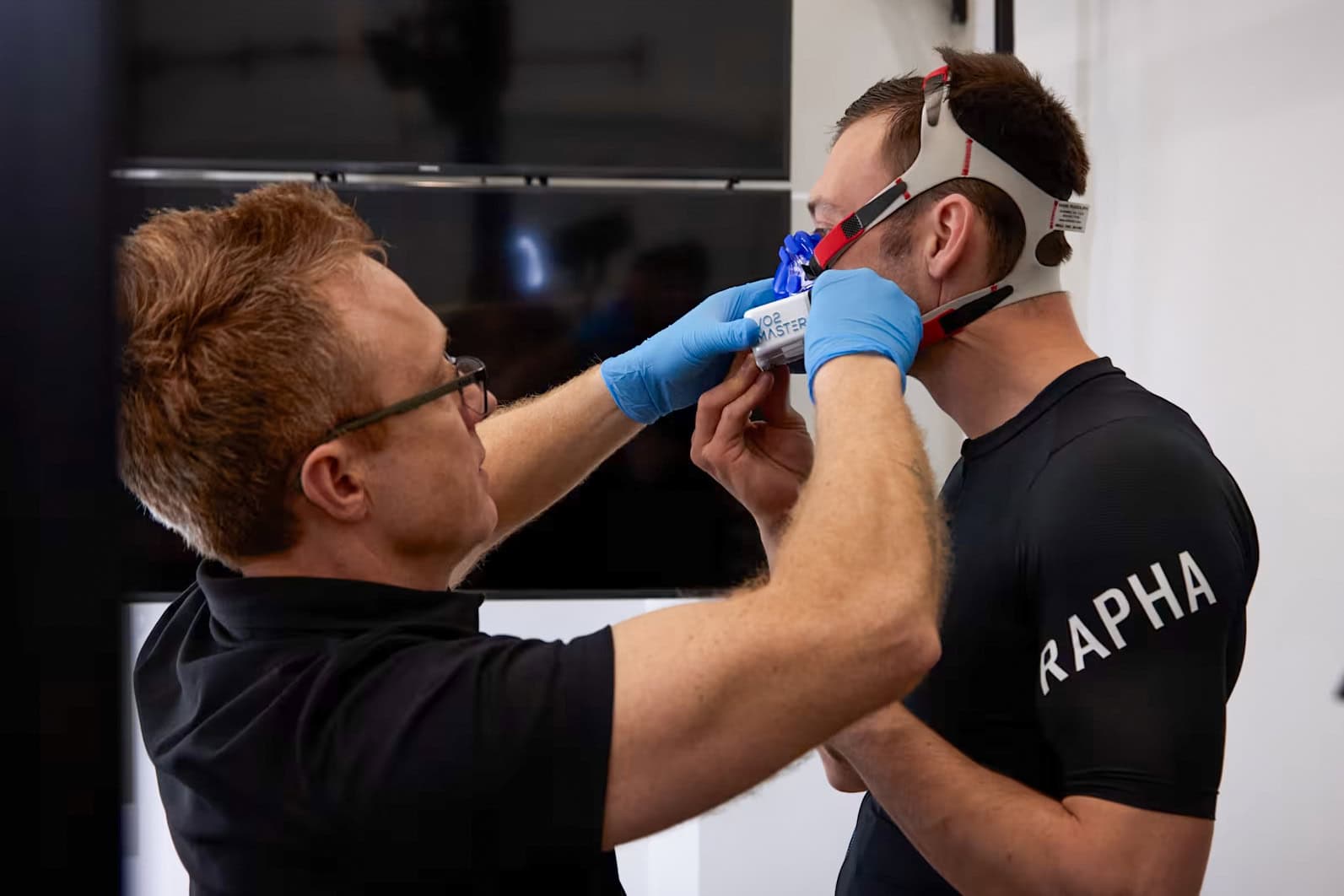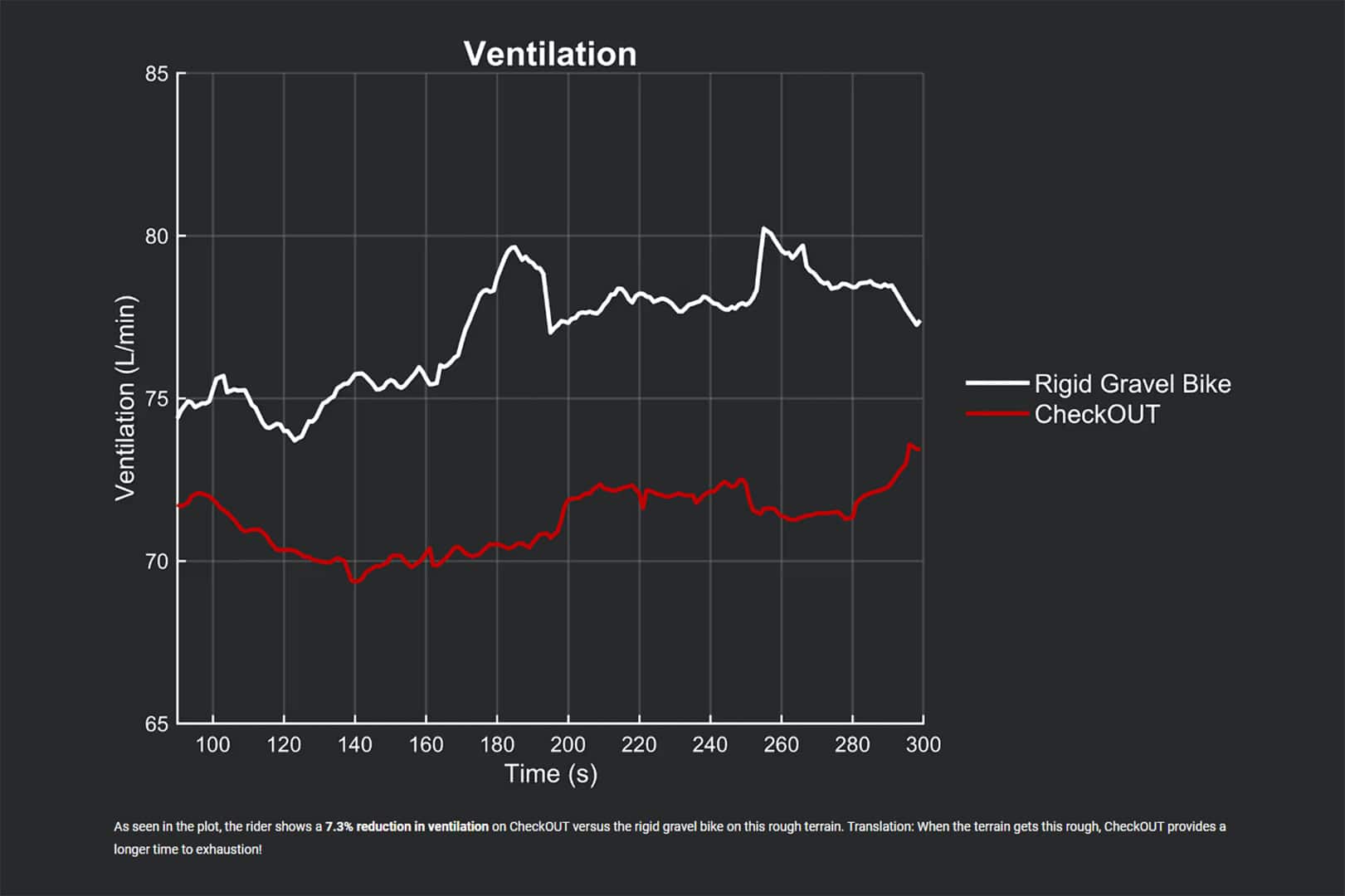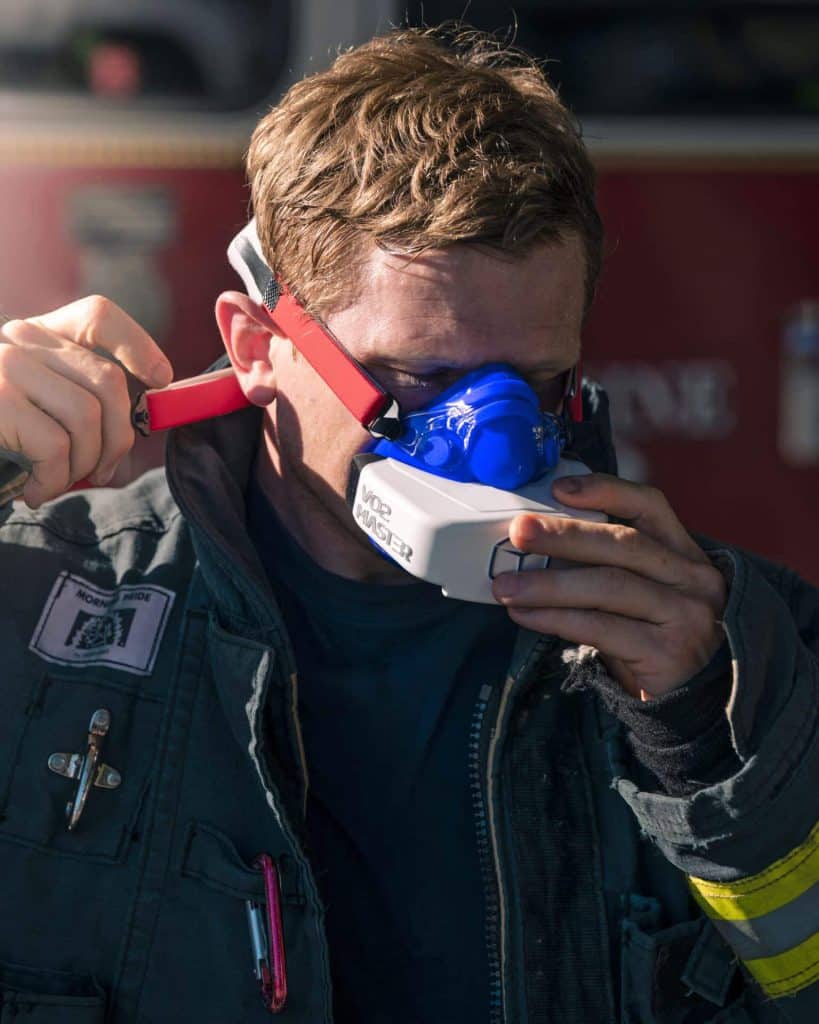Performance Innovation: How Trek’s CheckOUT Study and VO2 Master Redefine Rider-Centered Bike Design
Trek’s CheckOUT Suspension Science proves that physiology must guide bike design. VO2 Master brings the human performance metrics and insights to engineering R&D.

Cycling innovation has always been a careful balance of engineering and human performance. Manufacturers refine aerodynamics, stiffness, and weight.
However, Trek’s CheckOUT Suspension Science project signaled something new: the idea that rider physiology should be a priority for engineering as a core part of product development.
By putting suspension systems under scrutiny not just for mechanical behavior, but for their measurable impact on rider physiology.
Trek is on the cutting edge of bike design innovation, integrating metabolic testing to inform design decisions.

Trek Findings: Rider Metabolic Testing
In Trek’s suspension research, a test rider completed repeated five-minute trials on rough terrain using both the CheckOUT suspension platform and a rigid gravel bike.
To ensure reliability, each condition was repeated multiple times across different days.
Every efficiency study in the Trek Performance Research Lab used the VO2 Master portable analyzer.
Unlike traditional lab carts, VO2 Master enabled safe, untethered treadmill tests indoors and true field testing outdoors, giving Trek the ability to measure real metabolic cost, not just power output.
This was critical because power meters alone can’t see the hidden effort of rough terrain riding.
When suspension is absent, riders instinctively hover and articulate their bodies to smooth the ride. That movement doesn’t register on the crank-based power meter, but it demands significant energy.
Similarly, a power meter can’t capture the metabolic toll of absorbing vibration through the body.
The VO2 Master made that invisible cost measurable.
On rigid bike runs, the rider reported burning sensations in the arms. This is a classic sign of glycolytic metabolism, where lactate production lowers muscle pH.
While there’s no way to directly measure “muscle burn,” VO2 Master captured its metabolic signature: increased ventilation.
The results were striking:
The rider showed a 7.3% reduction in ventilation when riding the new CheckOUT versus the rigid gravel bike on the same terrain.
In plain terms, the suspension system allowed the rider to conserve energy, delay fatigue, and extend time to exhaustion.

What Suspension Really Changes in Cycling Performance
In this CheckOUT project, Trek measured outcomes across vibration, steering, and climbing efficiency:
- Reduced vibration: Suspension systems absorbed road shock, lowering the vibrational load on riders. Less vibration translates into less muscular fatigue over time, improving endurance.
- Steering stability: Riders using suspension showed reduced steering variability, meaning the system helped them hold a straighter line with less effort. This improves both safety and energy efficiency.
- Climbing efficiency: Contrary to the fear that suspension “robs” climbing performance, Trek’s testing found no meaningful loss of energy. Riders maintained or improved efficiency thanks to reduced muscular strain.
The takeaway was clear: suspension affects metabolic cost. And once you quantify that cost, you can make design decisions based on powerful data.
Applications for Corporations and R&D Teams
Trek’s CheckOUT study findings demonstrate what happens when engineering is optimized with detailed physiologic metrics. However, the approach extends far beyond suspension systems. Other applications are already emerging in apparel, helmets, and components.
This shift highlights a new era: one where sport and product performance are validated in a “real world” environment, measured not only in watts and grams, but in the energy cost of every pedal stroke or stride.
Written by: Nancy Phillips, Kinesiologist, MBA
